Families are considered functional units of a typical human society. Depending on the geographic and cultural origin, families can come in different shapes and sizes. The most straightforward way to relate all the members of an extended family is to draw a family tree. Most people know their immediate relatives such as a parent or a sibling very well. When it comes to distant relatives, sometimes we have a hard time figuring out exactly how we are related to each other. This is especially the case among fossil organisms because, more often than not, their genetic information is permanently lost in the process of fossilization.
Early naturalists noticed similarities in organisms and started grouping them together using their shared characters. For example, a house cat is in the same group of animals as lions and leopards, because they share a similar look and body plan. However, depending on how the characters are determined, the grouping of organisms does not necessarily reflect the genealogical relationships between them. One of the best examples comes from an outdated mammalian group which included anteaters, armadillos, pangolins and the aardvark. Although they share many similar morphological characters such as powerful digging limbs and long sticky tongues that are specialized in ant-feeding, they evolved independently and are not closely related at all!

An example of convergent evolution: Upper left – Armadillo, Aardvark, Pangolin and Anteater- lower right.
So paleontologists (and paleoanthropologists) are faced with the two challenges: how fossil organisms are related to each other and how they are positioned in the evolutionary family tree. The study that tries to answer these questions is known as phylogenetics. To understand the principles of human evolution based on the fossil record, students explored the patterns of divergence and diversification in the morphology of Caminalcules: a fictive group of animal-like life forms.
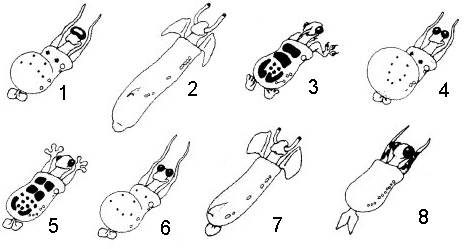
Different forms and shapes of Caminalcules. Courtesy of Wikipedia
Caminalcules are fun animals to study! Some of them have arms and legs of various sizes and configurations. Others have long necks and antenna-like eyes that are completely out of this world! Their different forms and shapes can be described in morphological characters. Some characters are primitive, shared by the most ancestral groups and can be retained for millions of years. Others are derived, unique in specific species of animals. By tracking the pattern of character changes in different species, paleontologists can figure out where in the evolutionary tree the unique characters evolved.
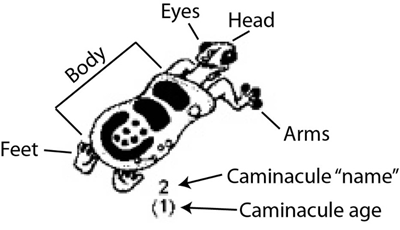
A simple anatomical guide to Caminalcules
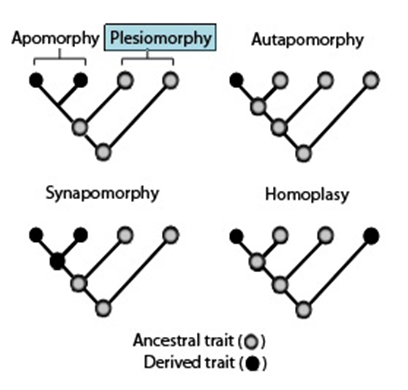
An example of the different configurations of primitive and derived characters in a phylogenetic tree
How do paleontologists build a family tree that includes many species? Apparently, tracking how one character changes is not enough! Our Field School students are working with 20 characters that captures the morphological diversity of a small group of Caminalcules. A comprehensive tree needs multiple characters, often a few hundred or even a thousand!
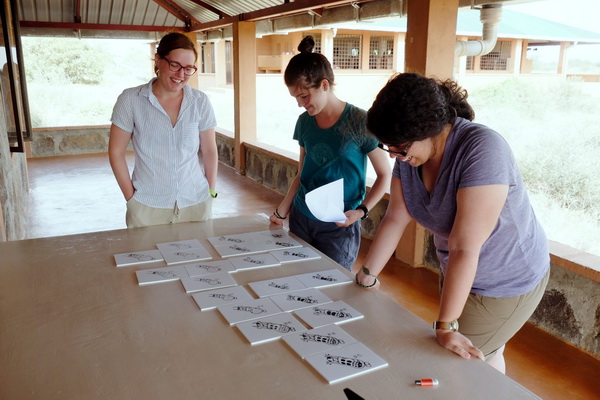
Shelby, Jessica and Nicole examine the morphology of Caminalcules
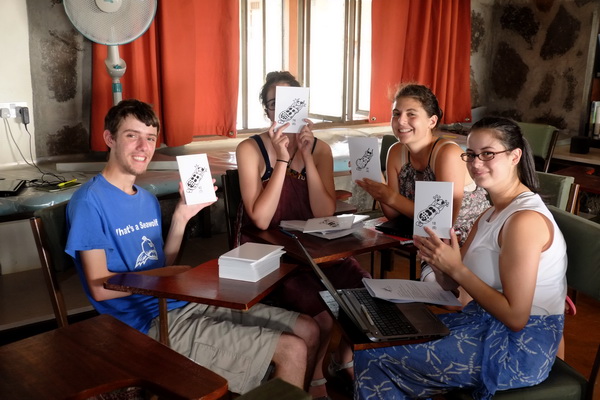
Andrew, Izzy, Leah and Maria love their tiles of Caminalcules
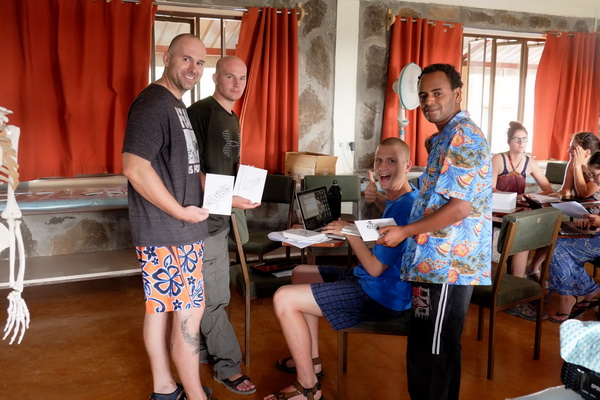
Tom, Felix, Charlie and Yared are excited about their phylogenetic exercise
Tracking the patterns of changes in each of the characters at the same time is beyond the mathematical capability of the human brain! So we rely on computer programs that are specifically designed for tree-building. One of the common algorithms follow a principle called Maximum Parsimony. It states that the most likely evolutionary tree is the simplest tree, or the one with the fewest number of changes in characters. This is because changes in morphology are often very rare in the evolutionary history of a species. Therefore, the more evolutionary steps there are in a tree, the less likely for it to have occurred. After compiling all the species and their corresponding character states, the rest is as easy as pressing the buttons! Take a look at the evolutionary tree the students generated in this exercise!
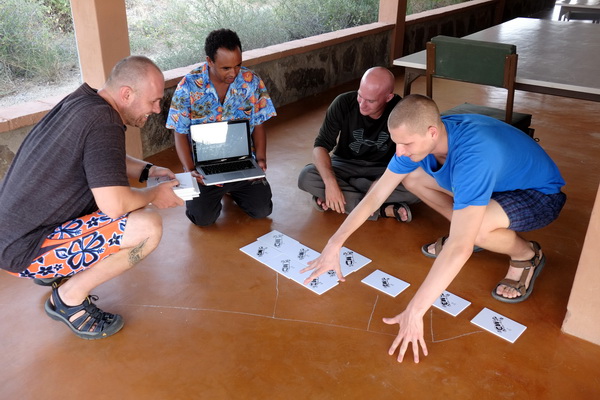
Tom, Yared, Felix and Charlie draw their tree on the floor
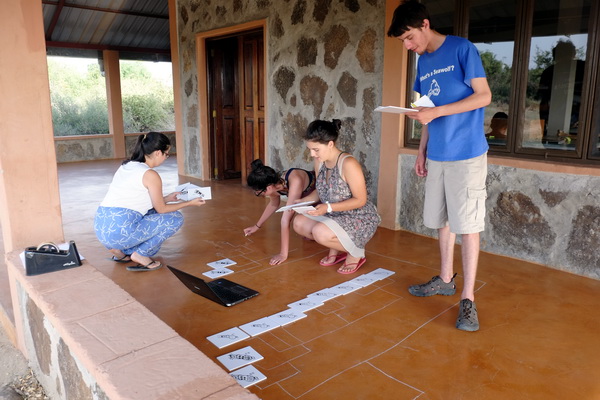
Maria, Izzy, Leah and Andrew carefully place the tiles at the tips of their tree
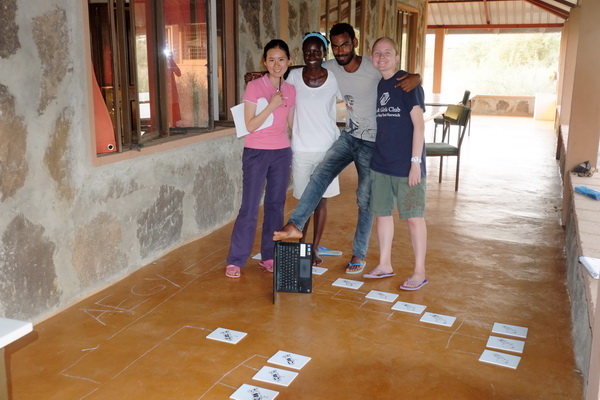
Yishan, Esther Goitom and Amanda are mad at the poor performance of TA Deming’s computer
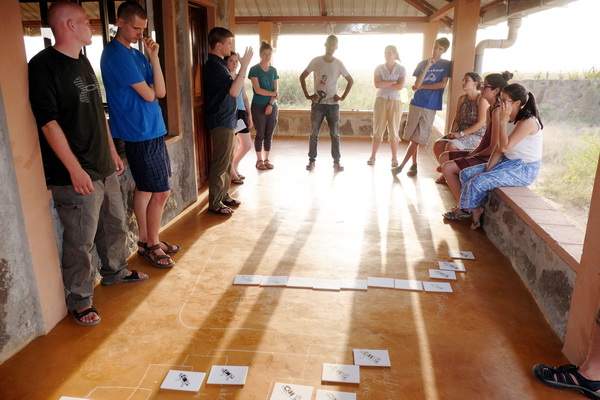
Course instructor Dr. Borths comments on the phylogeny of Caminalcules
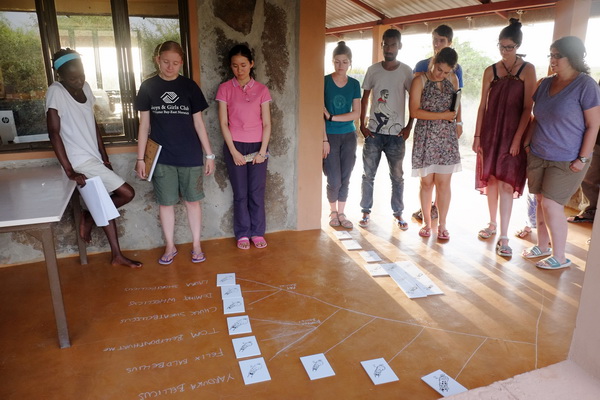
Students appreciate other groups’ phylogenetic trees
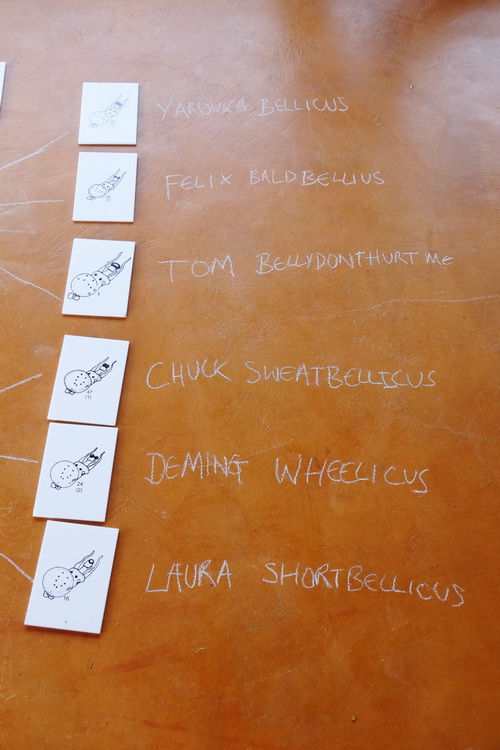
Students are quite creative in coming up with species names!
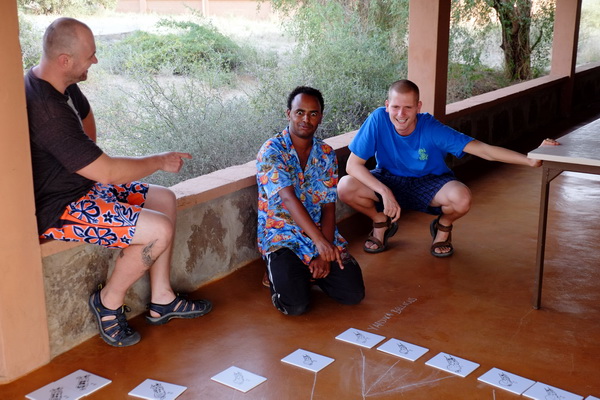
Yared acting as a Caminalcule!
In the next week, students will be using the same set of tools for phylogenetic analysis and working on the hominin fossil record! Stay tuned!
Student in the Spotlight
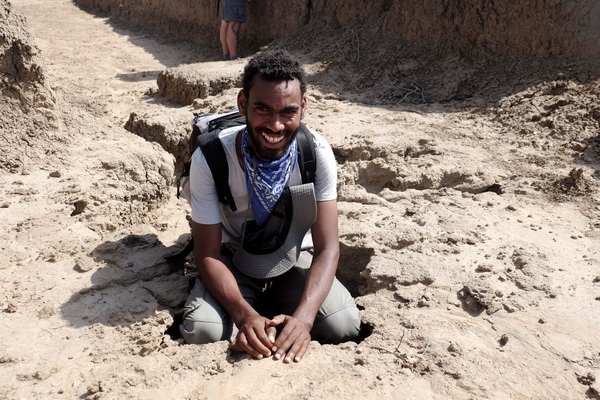
Goitom Weldehaweriat
Baba: Hi son, I love that picture. What are you doing in the ditch?
Goitom: Working on my squats…? By the way, I am in Kenya.
Baba: Do we have any place called Kenya in our country?
Goitom: Baba, we do not have any place called Kenya in Ethiopia! It is a neighboring country!
Baba: Whaaaat?! I am confused… When are you coming back home?!
Goitom: I DO NOT KNOW YET BUT SOON! STAY CALM!
Animal in the Spotlight
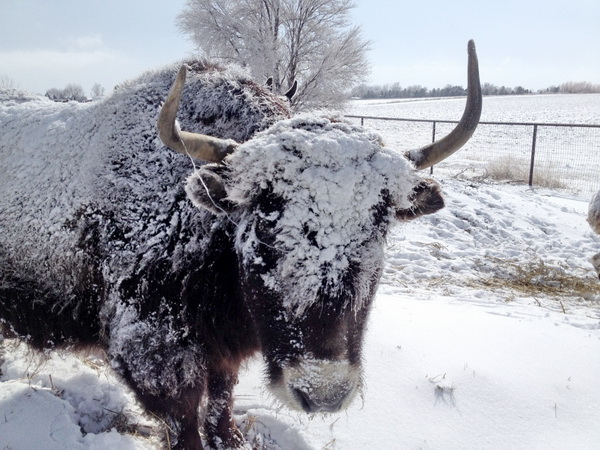
“We have snow and icy roads. Yak (Choti) says no problem, pass me some more hay.” -Bob Raynolds





